What is the Aperture?
The aperture on your camera is a setting to control the size of the opening in your lens when you take a photo.
For photographers, it is simply a measurement of how large the opening is so you can control the amount of light hitting the camera’s sensor. The lower the number, the larger the opening, the more light will pass through the lens. It really is that simple.
How Do Aperture Settings Affect Your Photographs?
The primary factor controlled by the aperture setting is the amount of depth of field your image will have. It also determines how high a shutter speed you can use and what ISO you can use.
As pointed out in the post about the Exposure Triangle, all three of the settings (shutter speed, aperture, and ISO) have positive and negative impacts depending upon their settings.
For aperture, that impact is how much of the image is in sharp focus. The smaller the opening (and larger the aperture number), the more of the image before and after the spot where you focused your camera will be sharply focused. That is referred to as the Depth of Field.
When the aperture is set to a low number such as f/4.5, it takes less light to properly expose the image but it does create a greater depth of field so more of the image is in focus.
When the aperture is set to a high number such as f/22, it takes much more light to expose the image but much more of the image will be in focus.
How does this affect you as a nature photographer?
It depends on what kind of photography you are doing. If you are doing macro photography, the more depth of field the better. So, you would want to use a small opening creating more depth of field so more of the flower or insect or whatever subject you were photographing, would be in focus.
If you are photographing birds in flight, depth of field is not usually the critical factor so you may want to have the aperture wide open so you can shoot at a higher shutter speed.
What Aperture Should You Use?
For macro photography, use the largest number setting (the smallest opening in the lens), such as f/22, that you can and still get a proper exposure. It really is that simple.
With macro, it will likely be necessary to use a tripod so you can use a slow shutter speed in order to have such a small aperture opening.
For things like birds in flight, you will often need to use the smallest aperture number (which gives the largest opening in the lens, such as f/4.5. It is more important to have a high shutter speed than more depth of field. If you are shooting on a bright day and can have a shutter speed of 1/2000 or higher, you can raise your aperture to give you a larger opening in the lens, such as f/7.1 or f/8. I consider those bright conditions a luxury for I am more likely to have less bright conditions.
There are methods and filters for removing noise and sharpening your images. This will be a topic for a later post.
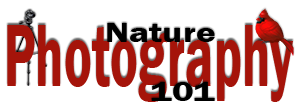
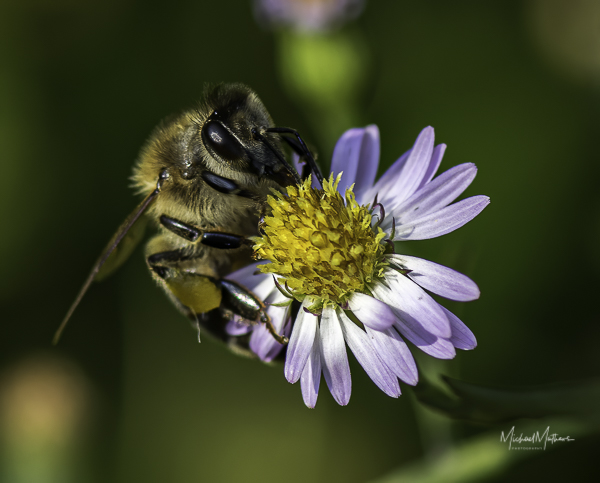
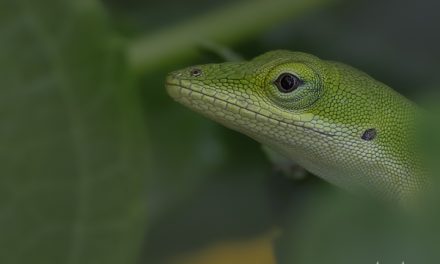
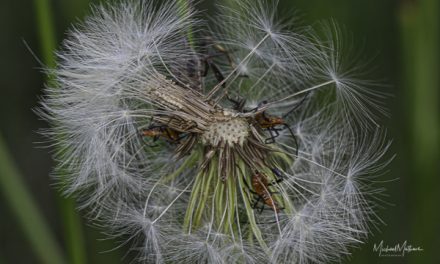
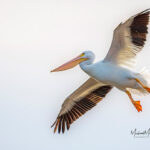
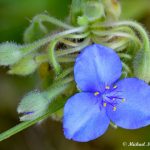
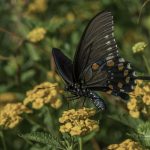
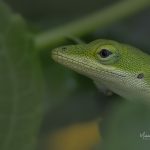

Recent Comments